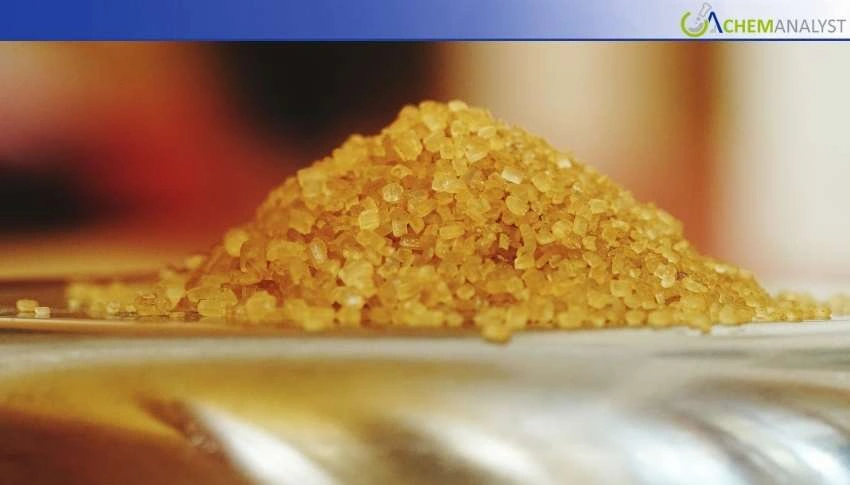Welcome To ChemAnalyst

In China and the U.S., petroleum resin prices decreased in October 2025 due to oversupply and weak downstream demand. Stability in production, high inventories, and weak consumption in the automotive and construction sectors further strengthened the bearish trend in both countries.
In China, the C9 Petroleum Resin (FOB Qingdao) market was down by 0.9% in October of 2025 as supply was ample amid uneven demand. Domestic production was steady on the back of continuous operation at plants and high inventory. A decline in the prices of feedstock crude oil also lifted margin and kept output stable. However, weak manufacturing sentiment prompted producers to adopt cautious operating strategies.
On the demand side, NEV sales inched higher and reached 13.02 million units produced and 12.94 million units sold but provided limited lift to Petroleum Resin consumption in adhesives and tackifiers. Construction activity remained weak—as the latest data by NBS indicated that PMI stood at 49.1 for three consecutive months—indicating contraction against the backdrop of a cooling property market. Export markets were unable to prop up the situation, as South Korea’s vehicle sales plunged 17.7% and construction starts fell 16% year-on-year, while Eurozone construction downturns further curbed Petroleum Resin consumption. Excess volumes circulating in the domestic market strengthened bearish fundamentals, keeping prices under pressure.
In the U.S., C5 Petroleum Resin CFR Savannah prices declined 0.8% in October 2025, driven by persistent oversupply and muted demand. Supply conditions remained loose amid elevated domestic inventories and steady import flows from Asia. Chinese producers—with high local stockpiles, took advantage of depressed local feedstock prices to divert Petroleum Resin exports to the U.S. at discounts, despite a 9% increase in freight costs and early-month port congestion.
On the demand side, automotive activity improved modestly as vehicle sales were up 1.35% month-over-month and Goodyear reported a 5% year-on-year increase in tire volumes. However, weak replacement demand and a 9% year-to-date contraction in the tire market limited Petroleum Resin consumption. Construction-related demand was moderately firm—with ongoing project activity—but site progress was delayed by labor disruptions related to immigration enforcement, which limited Petroleum Resin drawdowns. These factors combined to reinforce a bearish tone and keep fundamentals soft, with prices under pressure.
Looking ahead, the Petroleum resin markets in China and the U.S. are expected to remain under pressure from oversupply and cautious downstream activity. In China, high inventories and weak construction sentiment will probably keep a lid on demand, with export-linked volumes facing headwinds from regional and Eurozone slowdowns. In the U.S., steady import flows and disciplined domestic production will maintain supply, yet muted automotive and tire demand may limit consumption recovery for Petroleum Resin. With no significant structural constraints or external shocks to tighten supply, Petroleum Resin prices are expected to remain range-bound and bearish through the final quarter of 2025.
We use cookies to deliver the best possible experience on our website. To learn more, visit our Privacy Policy. By continuing to use this site or by closing this box, you consent to our use of cookies. More info.
